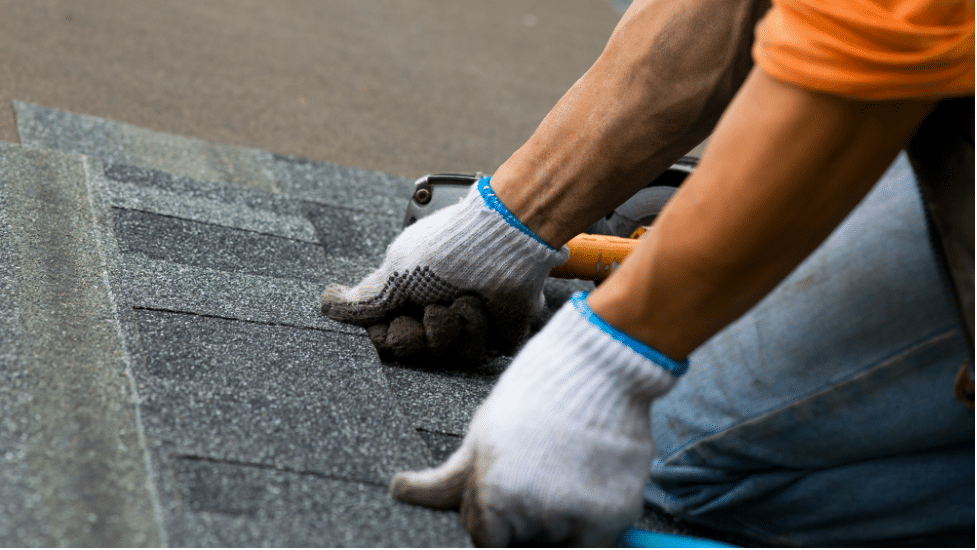Why File A Mechanics Lien?
Filing a mechanics lien can seem complicated, but it’s a powerful tool to help you get paid.
When you finance a car, the bank has a lien on your vehicle until you pay the loan in full. A mechanics lien is similar but is held against the property where the construction project was done until the supplies and services have been paid for in full.
- According to the Texas State Statute, you can file an affidavit of lien, if you or your company:
- Provided labor;
- Delivered or provided materials or supplies;
- Provided specially fabricated materials, such as cabinets; or
- You provided services as a licensed professional, including an architect, engineer, designer, surveyor, or
- You provided irrigation installation or landscaping.
- For commercial, non-public construction projects—mechanics liens can help get your invoice paid.
- You can begin filing a mechanics lien if the contractor or property owner didn’t pay you on the date you agreed on.
- It creates a lien on the property where the construction project was done after you properly filed. This lien gives you a security interest on that property.
- Why file a mechanics lien? Filing a lien motivates the property owner to get you paid because banks seldom loan money on a property with a mechanics lien attached. The owner can’t sell the property until they pay the debt and you remove the lien.
What Do I Need to Know to File a Mechanics Lien?
To file a mechanics lien in Texas, you must meet specific notice requirements and filing deadlines. The Texas Bar Association has a helpful guide, An Introduction to Mechanics Liens, available online.
Pre-lien notices may be required.
If you are a subcontractor on a private commercial project, also known as a Tier 1 subcontractor, you have a direct contract with the original contractor.
If you are a sub-subcontractor, also called a Tier 2 subcontractor, you have a contract with a subcontractor on the same type of job.
When you fit into either of these two categories, you must send a pre-lien notice letter to the property owner and the original contractor. Refer to this chart to determine the date you must mail or deliver this notice.
If you are the original contractor and have a contract with the property owner or their agent, you don’t have to file the pre-lien notice.
Deadlines to File a Mechanics Lien Affidavit
Original contractors on commercial projects must file the lien affidavit by the 15th day of the 4th month following the written termination, settlement, or abandonment of the job or its completion.
A residential project’s original contractor must file by the 15th day of the 3rd month following the written termination, settlement, or abandonment of the job or its completion.
Tier 1, Tier 2 subcontractors, and suppliers on a commercial project must file no later than the 15th day of the 4th month after the labor was done, the materials were supplied, or following the written termination, settlement, or abandonment of the job. They also follow the same deadlines as original contractors on residential projects.
Don’t Forget to Send Copies After You File With the County Clerk
Recording the lien affidavit with the County Clerk is required, but it is not the last step.
You must send a copy of the recorded lien affidavit to the owner. If you aren’t the original contractor, you must also send a copy to the general contractor and to whoever hired you. These notices must be sent within 5 days following the date the lien affidavit is recorded with the county clerk.
The most common reason mechanics liens are invalid is because contractors miss the filing deadlines. Our online filing system makes it quick and straightforward, so you can get paid sooner.
This brief overview explains why you should file a mechanics lien, who is eligible, and the primary deadlines. Additional requirements affect residential and public projects. For more answers and to see how Texas Easy Lien can make the process easier, contact us today.


